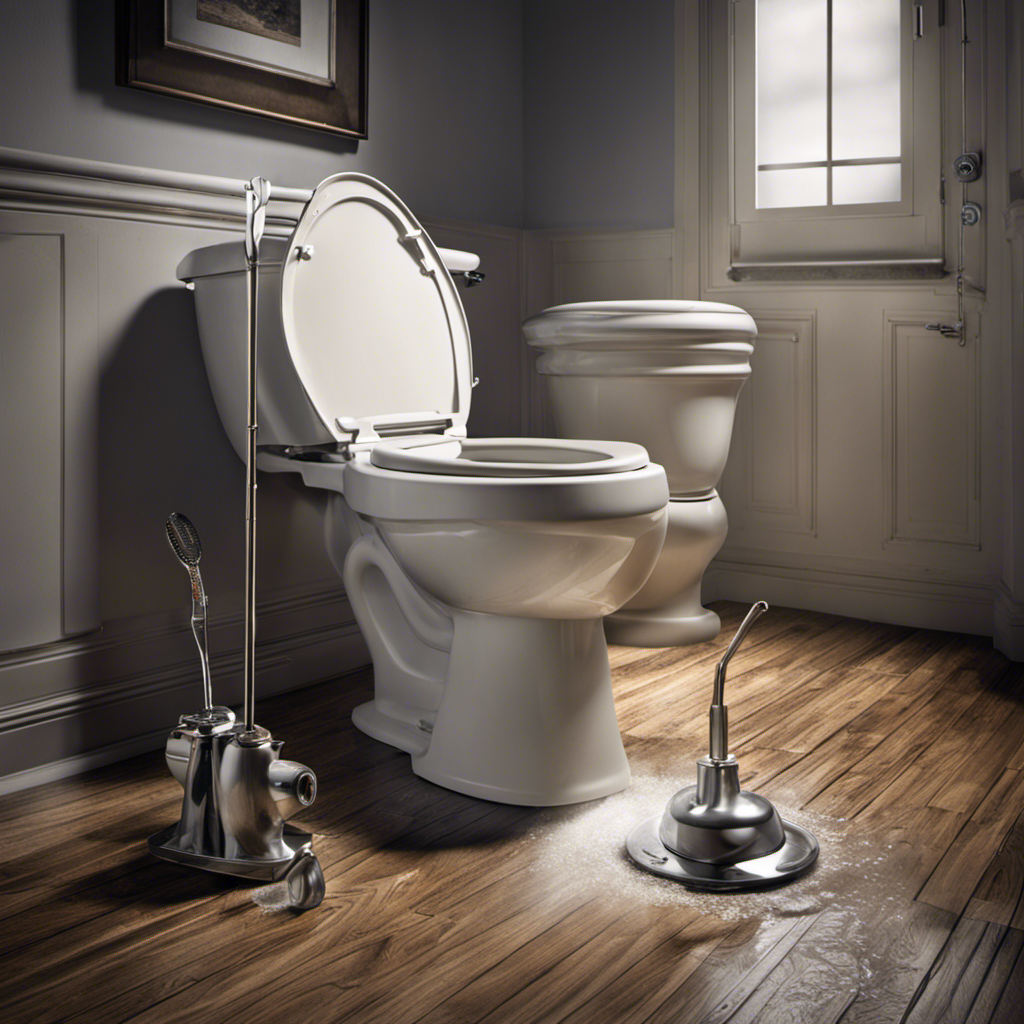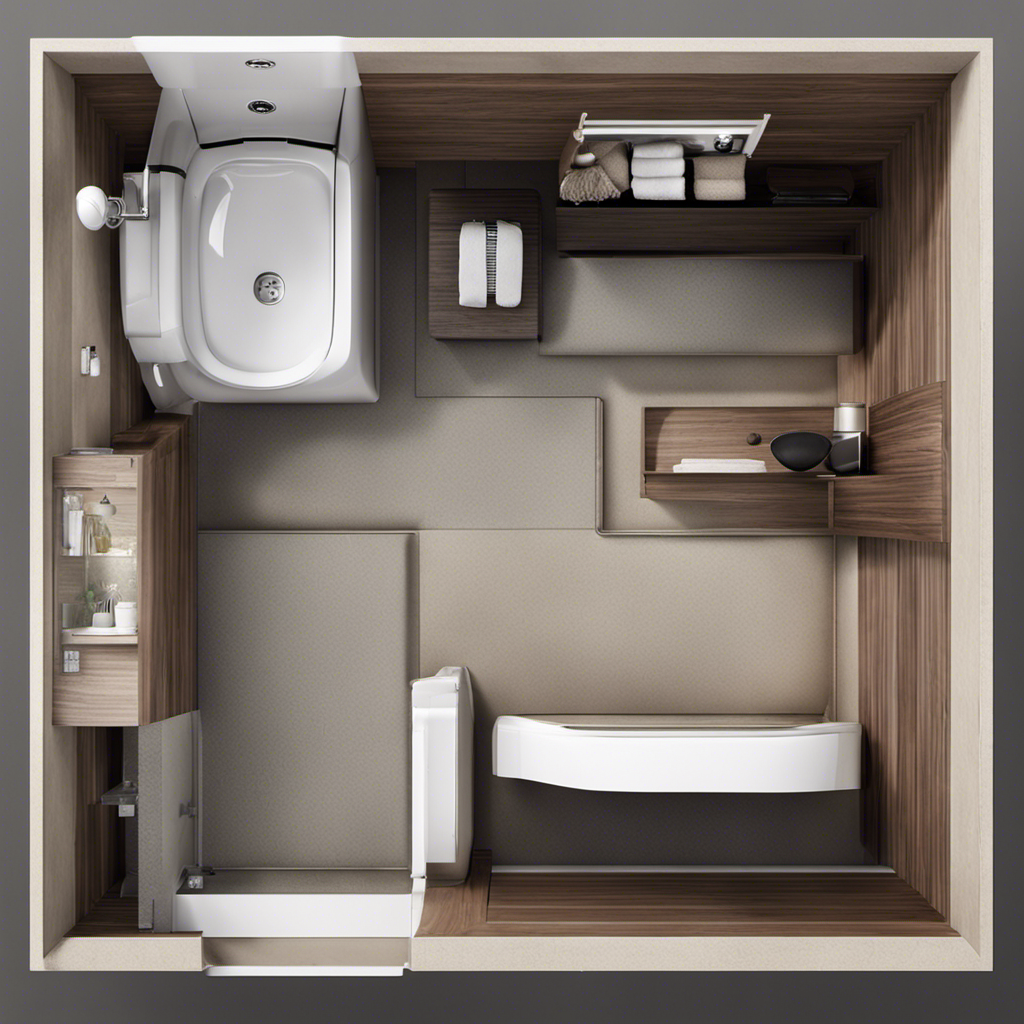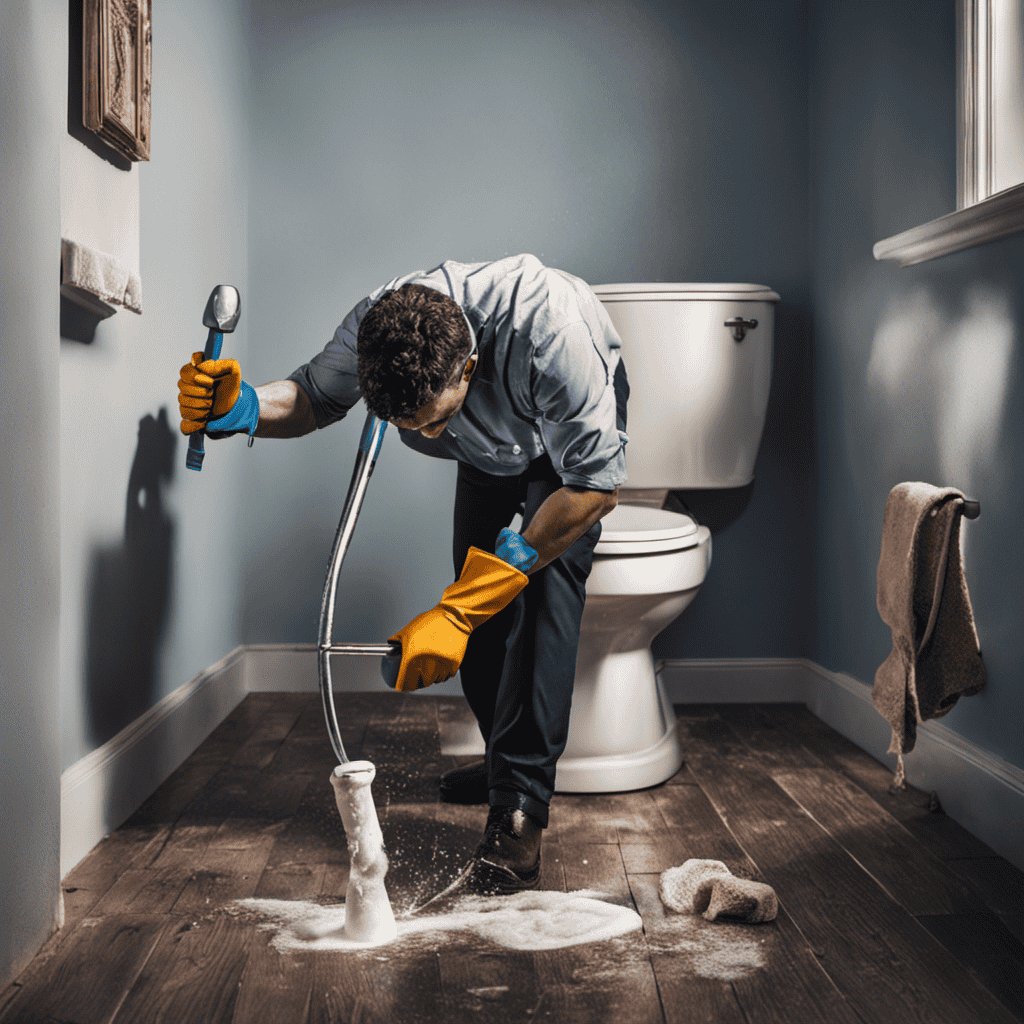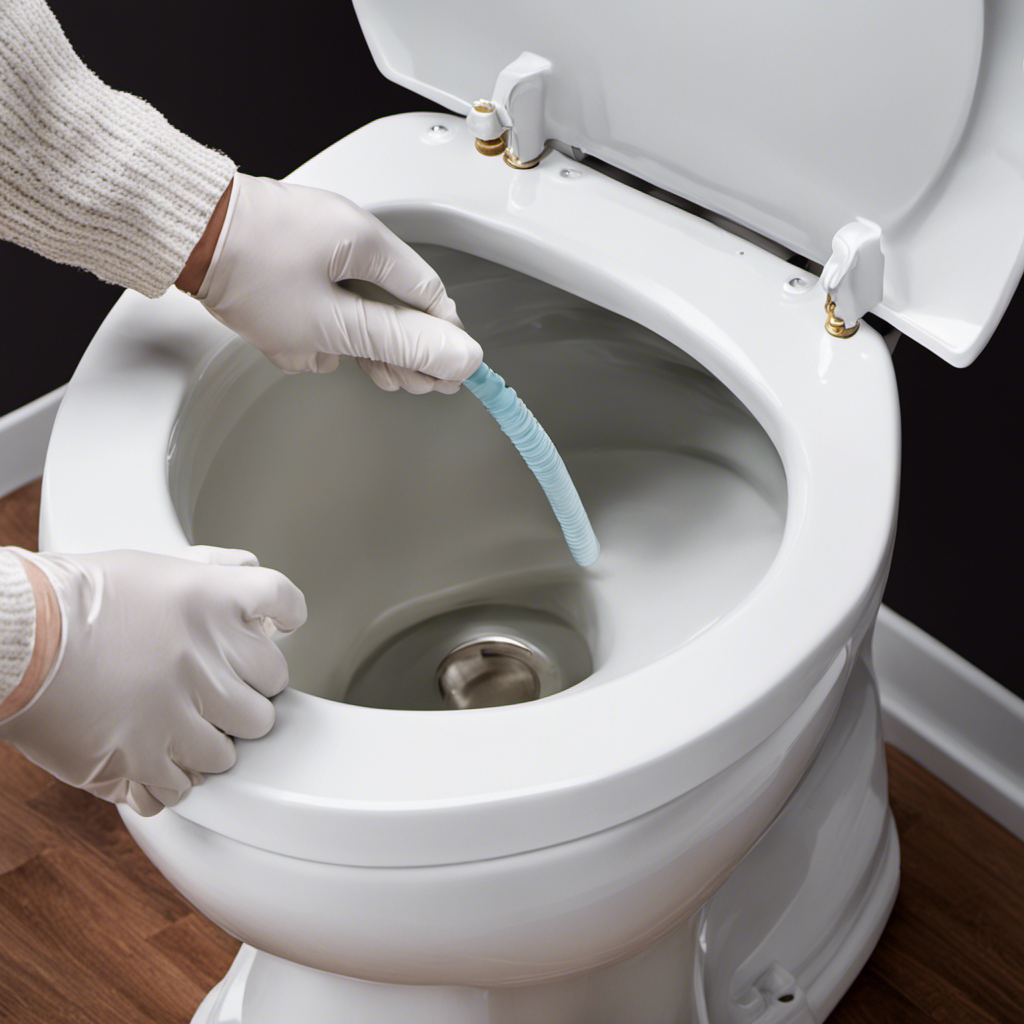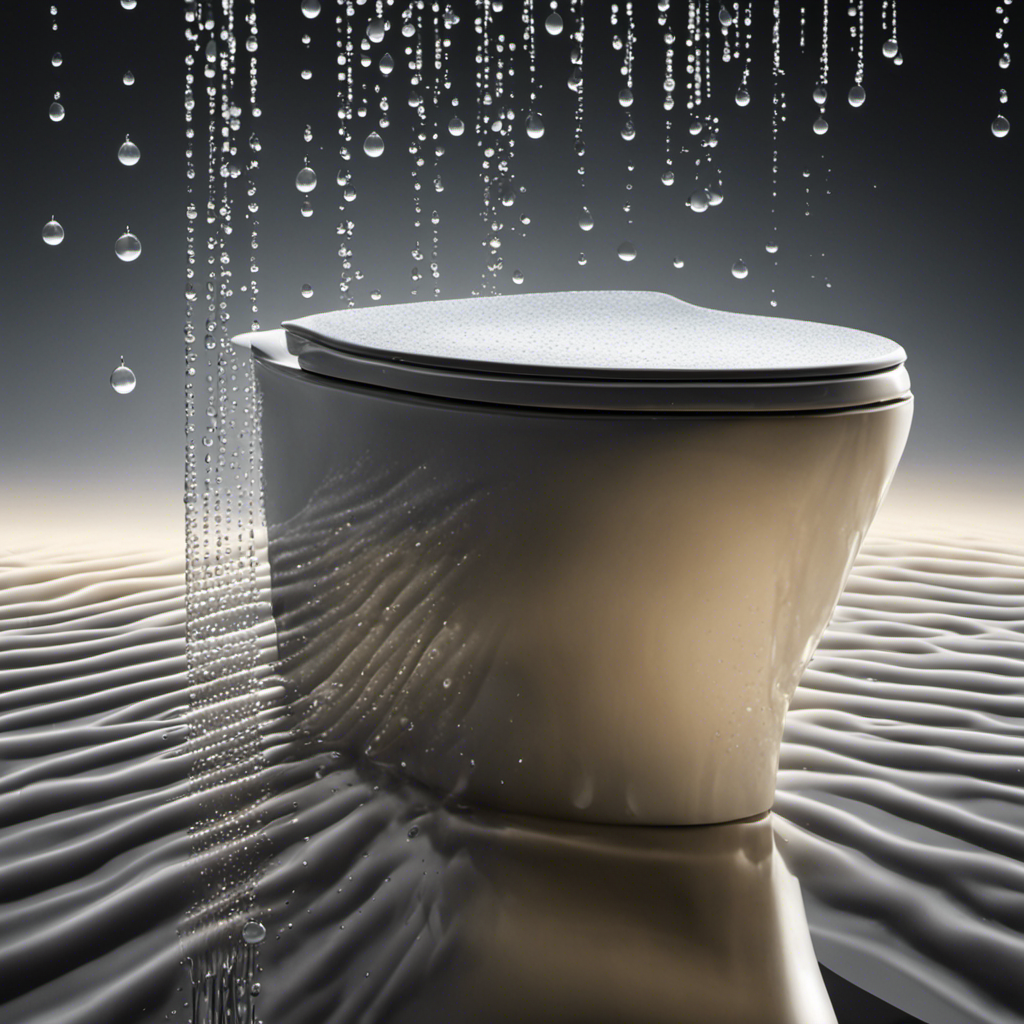I remember the panic that washed over me when I first encountered a clogged toilet that refused to budge despite my best efforts with a plunger. It felt like I was fighting a losing battle.
But fear not, for I have learned a few tricks along the way. In this article, I will share my knowledge on what to do if your trusty plunger fails you.
From assessing the blockage to calling a professional plumber, I’ve got you covered with effective solutions to unclog that stubborn toilet.
Key Takeaways
- Understand the causes of toilet blockages, such as excessive toilet paper usage or flushing non-flushable items
- Consider trying a toilet auger as an alternative tool when a plunger fails
- Use caution when using chemical drain cleaners and seek advice from a plumbing expert, especially with septic systems or persistent clogs
- Attempt a hot water flush by pouring hot water slowly into the toilet bowl, but if it doesn’t work, consider calling a professional plumber.
Assess the Blockage
Now, take a moment to assess where the blockage might be in your toilet.
It’s important to understand the causes of toilet blockages in order to effectively address the issue. Common causes include excessive toilet paper usage, flushing non-flushable items, or a buildup of waste and debris over time.
Signs of a severe blockage include water rising to the brim when you flush, gurgling noises, or slow draining.
To assess the blockage, start by checking if the water level in the bowl is higher than normal. If it is, the blockage is likely in the trap or drainpipe. If the water level is normal, the blockage may be further down the sewer line.
Understanding the location of the blockage will help determine the best course of action to resolve the issue.
Try a Toilet Auger
First, grab a toilet auger to help resolve the clog. When a plunger fails to do the trick, a toilet auger is a great alternative tool to clear the blockage.
A toilet auger, also known as a closet auger, is a long, flexible rod with a coiled wire at one end. It is designed specifically for unclogging toilets. To use it, insert the coiled end into the bowl and rotate the handle clockwise. The wire will extend into the drain and break up the clog.
Common causes of toilet clogs include excessive toilet paper usage, flushing non-flushable items like wipes or feminine products, and a buildup of mineral deposits. Remember to exercise caution when using a toilet auger and always follow the manufacturer’s instructions.
Use a Chemical Drain Cleaner
Using a chemical drain cleaner is another option to consider for resolving a stubborn toilet clog. It can be a convenient and effective alternative to using a plunger. However, it is important to use caution when using these products and to follow the instructions carefully. Chemical drain cleaners are typically made up of strong chemicals that can dissolve or break down the clog. They are poured directly into the toilet bowl and left to work for a specific amount of time before flushing. It is crucial to seek advice from a plumbing expert before using a chemical drain cleaner, especially if you have a septic system or if the clog persists after multiple attempts. Here is a table to compare different chemical drain cleaners available in the market:
| Brand | Active Ingredient | Effectiveness | Safety Precautions |
|---|---|---|---|
| Brand A | Sodium Hydroxide | High | Use gloves and eye protection |
| Brand B | Sulfuric Acid | Very High | Use with extreme caution, avoid contact with skin and eyes |
| Brand C | Enzymes | Moderate | Safe for regular use, no safety precautions necessary |
| Brand D | Hydrochloric Acid | High | Use gloves and eye protection, avoid contact with skin and eyes |
Attempt a Hot Water Flush
To attempt a hot water flush, you’ll need to gather a bucket of hot water and carefully pour it into the toilet bowl. This method can be effective in unclogging a toilet when a plunger fails.
Here’s what you need to know:
-
Hot water temperature: Use water that is not boiling but hot enough to dissolve the clog. Boiling water can crack the toilet bowl, so it’s important to find the right balance.
-
Safety precautions: Always wear protective gloves to avoid burns and use caution when handling hot water. Keep children and pets away from the area to prevent accidents.
-
Pouring technique: Position the bucket above the toilet bowl and pour the hot water slowly but steadily. The force of the water should help dislodge the clog.
If the hot water flush doesn’t work, it may be time to call a professional plumber who can assess and fix the problem.
Call a Professional Plumber
If the hot water flush doesn’t work, it’s time to call a professional plumber. A professional plumber has the knowledge and tools to diagnose and fix the issue efficiently and effectively. Hiring an expert in plumbing can save you time, money, and potential headaches.
When dealing with a stubbornly clogged toilet, it’s important to know when to seek professional help. Clogs that can’t be resolved with a plunger or hot water flush may indicate a more serious problem within your plumbing system. A professional plumber will have the expertise to identify the underlying cause and determine the best course of action. They can also provide guidance on preventative measures to avoid future clogs.
Don’t let a persistent clog ruin your day. Call a professional plumber and let them handle the situation. Seeking professional help ensures that the problem is resolved correctly, giving you peace of mind and a fully functioning toilet once again.
Frequently Asked Questions
How Much Does a Toilet Auger Cost?
Toilet augers can range in price, but on average they cost around $20 to $50. If a plunger won’t unclog a toilet, using a toilet auger or exploring DIY alternatives can be effective.
Can I Use a Chemical Drain Cleaner in a Septic System?
Considering septic system maintenance, it’s crucial to avoid chemical drain cleaners to prevent any harmful effects. Instead, opt for safe alternatives like enzymatic drain cleaners or a septic tank treatment to keep your system running smoothly.
What Are the Potential Risks of Attempting a Hot Water Flush?
When a plunger won’t unclog a toilet, there are options to try. One option is a hot water flush, but it’s important to be aware of the potential risks involved before attempting it.
How Long Does It Usually Take for a Professional Plumber to Arrive?
On average, an emergency plumber usually arrives within a few hours of a call. Their availability may vary, but they strive to respond promptly to address urgent plumbing issues.
Are There Any Alternative Methods to Unclog a Toilet Without Using a Plunger, Auger, or Drain Cleaner?
There are alternative methods for unclogging a toilet without using a plunger, auger, or drain cleaner. DIY home remedies like using hot water, dish soap, or a wire hanger can help.
Conclusion
In conclusion, if your trusty plunger fails to unclog your stubborn toilet, don’t panic. There are several other effective methods to try.
Assess the blockage and determine the severity before proceeding. Consider using a toilet auger or a chemical drain cleaner, but exercise caution and read the instructions carefully.
If all else fails, attempt a hot water flush to dislodge the blockage. However, if you feel overwhelmed or unsure, it’s always a wise choice to call a professional plumber. Remember, they are the superheroes of the plumbing world, ready to swoop in and save the day like a cape-clad plumber.
